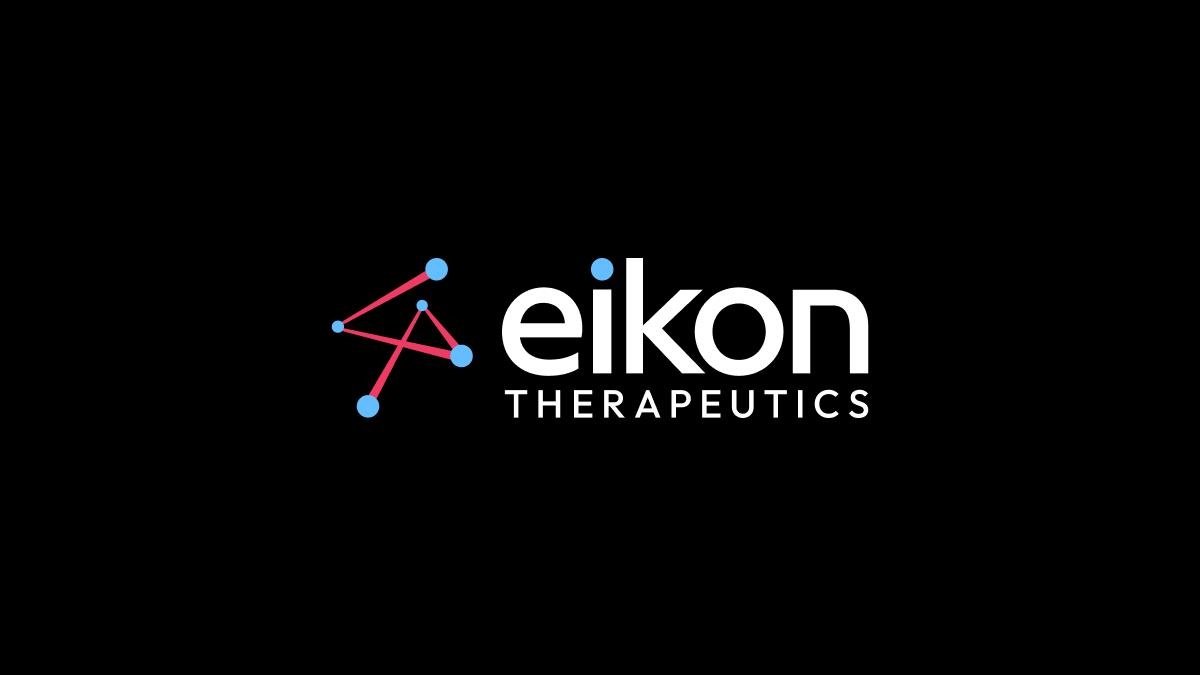Q&A: Sangamo’s Duncan McKay on genomic medicines

We talk to Duncan McKay, senior vice president and general manager, Europe of Sangamo Therapeutics, about the future of genomic medicines and how healthcare systems may need to adapt to these innovative therapies.
Tell us about your career and current role
I have been fortunate to spend more than 20 years leading innovative teams in a large pharma company including early and late stage development across a number of therapeutic areas. Several of these programmes have led to global registration and approval of new oncology and anti-infectives medicines
Nearly 2 years ago, I was approached by Sangamo Therapeutics to join their leadership team and asked to set up a UK affiliate company outside the US to extend their gene therapy projects into Europe. My role was then further extended when we made the strategic acquisition of TxCell in France in 2018. Now renamed Sangamo France, this unit has allowed us to bring together into one team the gene editing technology from Sangamo together with regulatory CAR-T cell expertise. I now spend a lot of time in France leading our teams there.
What are the biggest challenges in R&D for genomic medicines today?
Genomic medicines operate in the same space as other medicines, and they therefore inherit some of those challenges – yet they can solve others more effectively.
For example, a lot of gene therapy and gene editing treatments have been focussed on rare diseases. Of course, this makes complete sense as inherited diseases caused by a single point mutation, or monogenic diseases, tend to be well understood biologically and the patient need is great. However, these patients may not present early enough for treatment if screening is not in place, and some of these diseases are incredibly rare, affecting only a tiny number of patients. There are enormous efforts by patient groups, academic and industry partners to reduce the barriers to effective and safe treatments for these rare diseases but there is still a long way to go.
Another important challenge is delivery of these medicines. In the case of genomic medicines delivered through viral vectors, there are some important considerations: how they are distributed in the tissues, the immunological response of the patient to the vectors, complex and expensive manufacturing. Fortunately, we see that learnings from early gene therapy trials are already helping groups to evolve and create new serotypes with improved properties which help to address these issues.
Another exciting area is in the use of cell therapy. In particular, we have seen impressive results in oncology patients with the new CAR-T therapies which are now available for some liquid tumour indications. However, the limitations of autologous cell therapy are well-known. It is a time-sensitive and rather complex manufacturing process, using the patients’ own cells as the starting material. These patients may have T effector cells which are exhausted or insufficient in number as a result of prior chemotherapeutic treatments. This is where we hope to see the use of genomic medicine technologies to overcome these challenges. For instance, the creation of universal donor cells from healthy volunteers by engineering out the MHC molecules, so that the patient can receive high quality healthy cells immediately as they need them. Or perhaps engineering cells with improvements that can help them expand quickly on identification of their tumour antigen and persist in the patient’s body to provide immune surveillance against the tumour for a longer period.
What are some ways to overcome each of these challenges?
Teams working on genomic medicines are rather innovative by their very nature. However, some of these problems will just take time to solve. For the recently approved CAR-T therapies, over 20 years have elapsed since publication of the first description of an engineered CAR-T cell design. That sounds rather similar to the development time of a small molecule.
Clearly, there is still a lot to learn about the biological response to some of these medicines. However, it is now such an active field that new approaches will likely resolve many of the technical problems we are facing today. As another example, in cell therapy manufacturing, we are seeing some companies start to use gene-engineered cells derived from pluripotent stem cells, with the potential to offer breakthroughs in cost of manufacture and standardisation of the drug product.
Genomic medicine is a new area and there is little data on failure rates during development. However, since the target is usually very well described and researchers now have the tools to edit the genome or express or suppress a target gene product, I hope that we will see lower failure rates and more potential medicines reaching the clinic.
What barriers to access still exist when it comes to genomic medicines?
If we can deliver ground-breaking medicines that can offer long-term and, in some cases, potentially life-long clinical benefit for patients, then I think that access solutions will be found. It is clear that different development and healthcare models are already being explored by those who have brought a treatment to the market. Close collaboration between industry, government, patient groups and academics will be key in defining and evaluating the benefits of these medicines and coming together to address access. The regulatory agencies recognise the challenges and are active in encouraging important advances in this area and I do think that society is prepared to support real innovation in medicine and recognise those investor companies.
What can healthcare systems do to help improve access?
It is likely that some of these therapies will need a different infrastructure, for example not all hospitals have the permissions required to allow genomic medicines to be administered to patients. I am sure there are other areas where the use of a genomic medicine will not allow a perfect fit with the processes and systems for treating and monitoring long-term patient outcomes. In these cases, a flexible and patient-centric approach will be important as new ways of working are implemented.
Tell us about the ZFN technology – what unmet needs is it hoping to address?
ZFN technology was developed much earlier than other gene editing technologies and now has a long pedigree of use in clinical studies. As a result of decades of work in engineering these ZFN proteins, we can show many advantages in terms of our ability to very precisely make cuts in the DNA at the exact sequence specified by the ZFN proteins, whilst reducing the risk of cuts at other sites (so called off-targets).
The ZFN platform allows us to target virtually any given sequence in the genome, so the possibilities are seemingly endless. We are concentrating efforts on genetic conditions where we have a clear understanding of the underlying biology, where our suite of genomic science technologies can make a difference and where there is a clear patient need. In clinical studies, and we have several ongoing, we think we have the best approach with our engineered ZFN technology.
Where would you like to see the future of genomic medicines heading?
Right now, we are focused on gene therapy and ex vivo gene-edited cell therapies in the clinic. We believe the next wave of genomic medicines will be in vivo genome editing and gene regulation.










